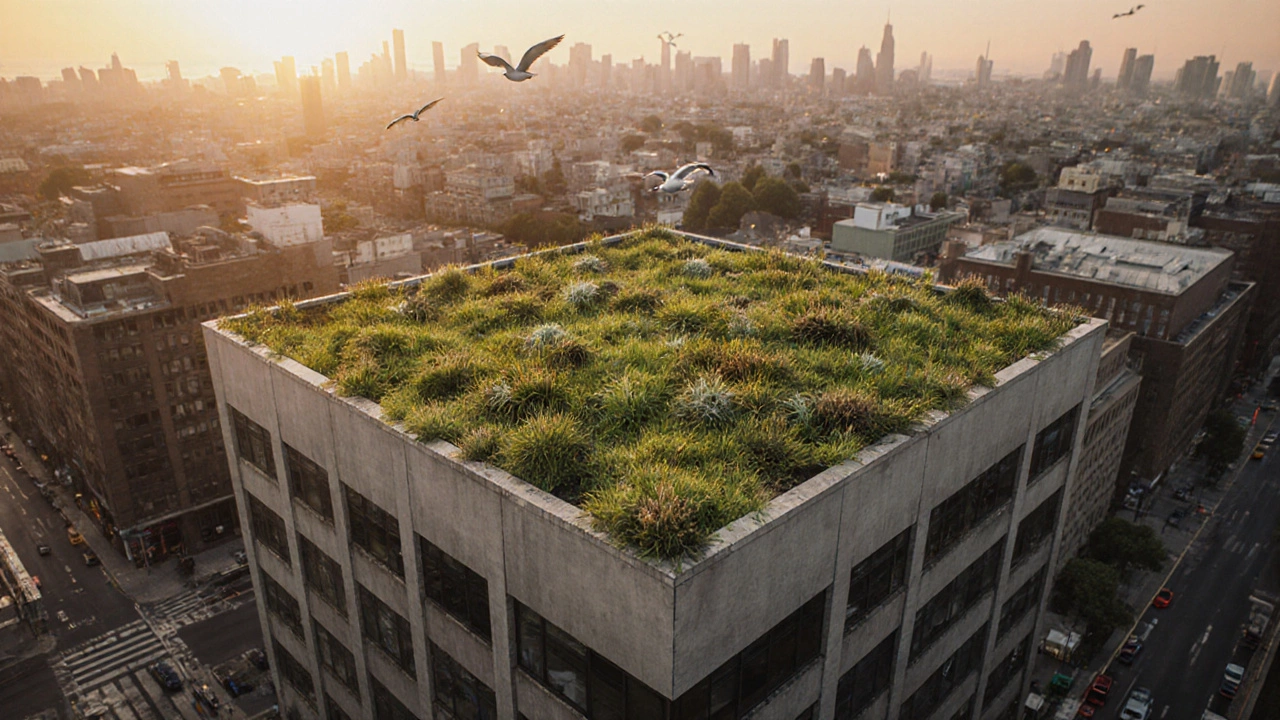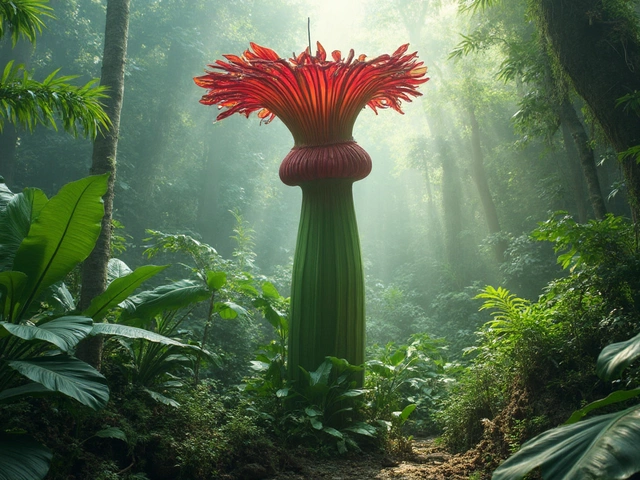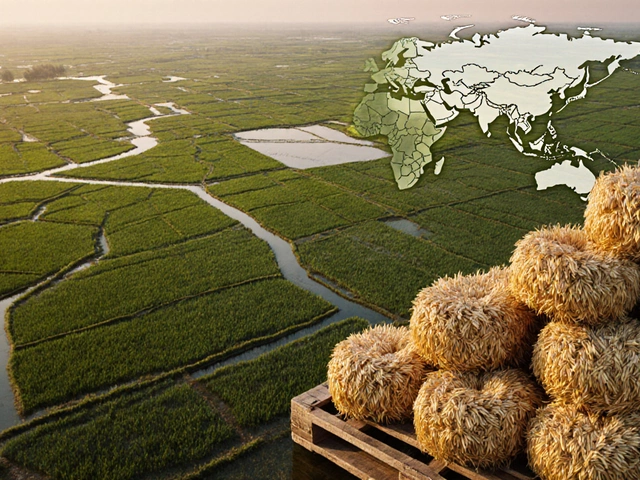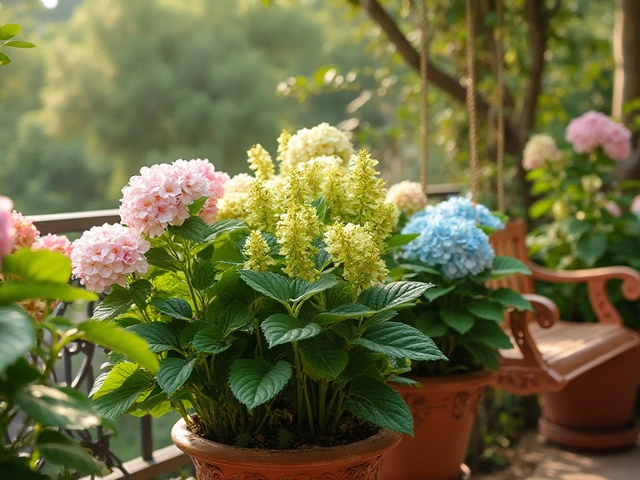Green Roofs: Sustainable Solutions for Urban Gardens
When working with Green Roofs, vegetated roof systems that combine plants, growing medium, and waterproof layers to turn flat roofs into living spaces. Also known as vegetated roofs, they help cool buildings, manage rainwater, and add green aesthetics. Rooftop Gardening the practice of growing food, flowers, or ornamental plants on building rooftops is the broader activity that green roofs enable, bringing garden benefits to city dwellers.
Choosing the right plant mix is crucial. Green Roof Substrates lightweight, well‑draining growing media specifically formulated for roof applications provide the balance between weight limits and water retention. Typical attributes include low bulk density (under 1.2 g/cc), high organic content, and pH suited for hardy succulents or native grasses. The value of a proper substrate shows up in healthier roots, less maintenance, and longer roof lifespan.
Water management ties everything together. Water Management systems that capture, store, and slowly release rainwater across a green roof reduces runoff, lessens storm‑drain burden, and keeps plants hydrated during dry spells. A common triple: Green Roofs require effective water management; water management influences plant health; plant health supports roof longevity.
Before you mount a garden on a ceiling, the building’s load capacity must be checked. Structural Load the total weight a roof can safely bear, including substrate, plants, water, and maintenance equipment is a non‑negotiable factor. Designers calculate dead load (static weight) and live load (dynamic weight like water after rain). If the load exceeds design limits, reinforcement or a lighter substrate becomes necessary.
Beyond the technical side, green roofs create micro‑climates that can lower indoor temperatures by up to 5 °C and cut energy bills. They also provide habitats for pollinators, turning concrete jungles into thriving ecosystems. In Indian cities, where heat islands push temperatures higher, these roofs act as natural air‑conditioners.
Our collection of articles digs into the practical side of these concepts. For instance, the drawbacks of rooftop farming highlight structural and water‑leak risks, while guides on drip irrigation show how to deliver water efficiently without adding excess weight. You’ll also find tips on avoiding plant mistakes in raised beds, which parallel the challenges of selecting deep‑rooted species for a roof.
Ready to see how green roofs fit into your urban garden plans? Below you’ll discover detailed advice on plant selection, substrate mixes, waterproofing tricks, and cost‑effective watering methods—all aimed at helping you design a roof that’s both beautiful and built to last.

Two Drawbacks of Green Roofs You Should Know
Explore the two main drawbacks of green roofs-extra structural load and ongoing maintenance-plus practical tips to mitigate each issue.
About
Sustainable Gardening
Latest Posts


How to Waterproof Your Terrace Roof: Essential Tips
By Alden Thorne Apr 11, 2025

5 Surprising Rice Facts You Should Know
By Alden Thorne Oct 25, 2025

Avoiding Mistakes: Where Not to Plant Hydrangeas on Your Balcony
By Alden Thorne Nov 29, 2024
